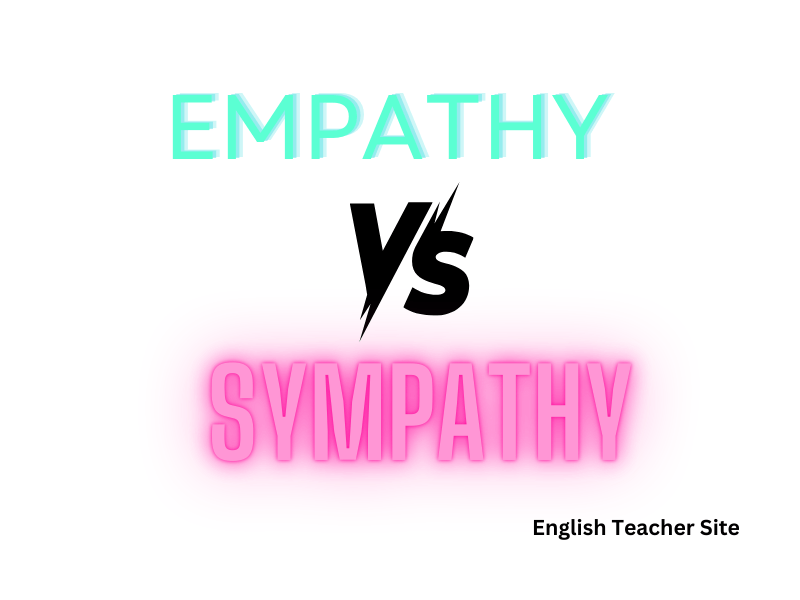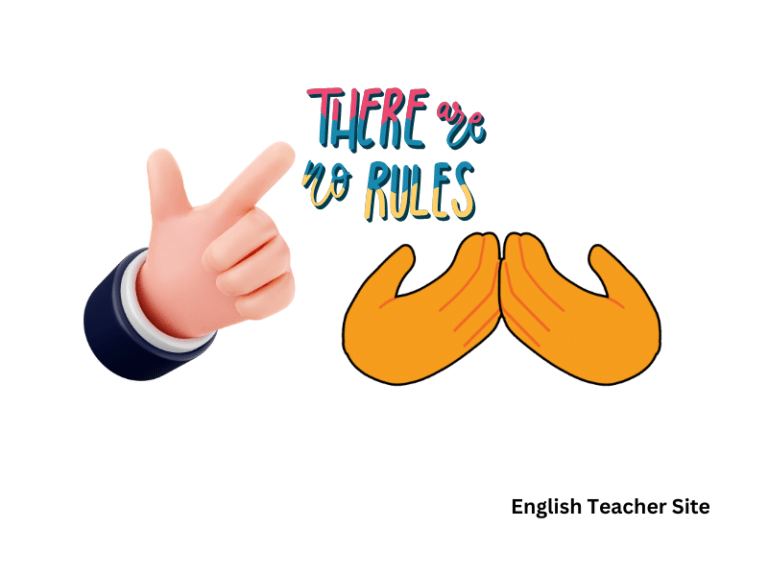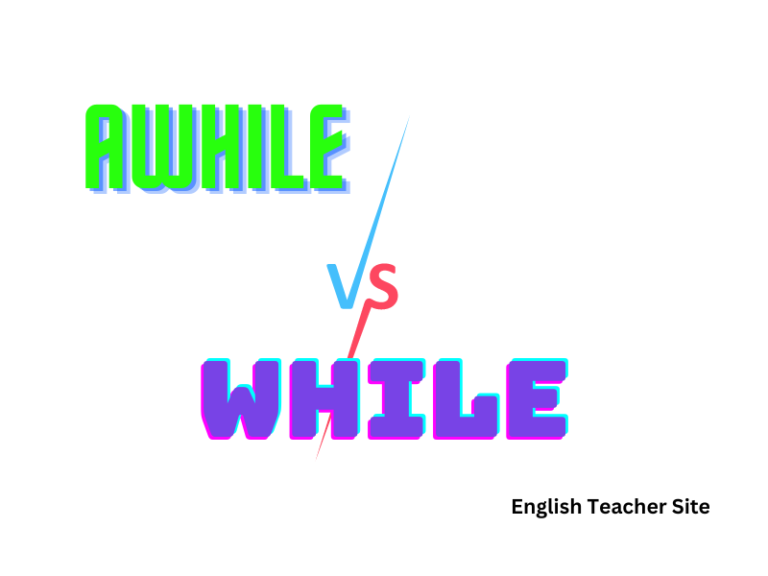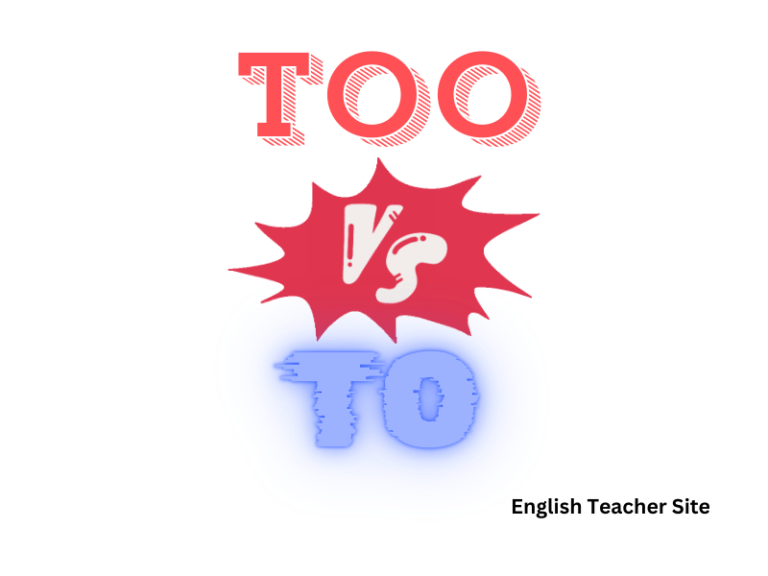Understanding Sympathy vs. Empathy: An In-Depth Comparison

- Sympathy and empathy are important for relating to others, but have unique applications.
- Sympathy involves sharing feelings of sorrow, while empathy requires an understanding of the feelings.
- Recognizing the difference between these emotional responses can enhance communication and relationships.
At first glance, sympathy and empathy may seem interchangeable, yet they are distinct in their emotional reach and expressive responses. For example, expressions of sympathy often manifest as feelings of pity or concern for another’s plight, possibly accompanied by supportive actions. Empathy, however, is more introspective and involves a profound personal understanding of another’s feelings as if they were one’s own. This distinction is not just semantic but represents a unique divide in human experience and response—one outward-facing and the other inward-absorbing.
What’s the Difference Between Sympathy and Empathy
The concepts of sympathy and empathy are central to emotional intelligence and interpersonal connections.
Exploring the distinctions between “sympathy” and “empathy.”
Sympathy refers to the ability to take part in someone else’s feelings, often by expressing concern or sorrow. It does not necessarily involve a shared emotional experience, but rather a recognition and acknowledgment of another’s emotional state.
In contrast, empathy involves a deeper connection, where one not only recognizes the emotions of another but also vicariously experiences them. This can lead to a more profound understanding and relational bond.
To illustrate the practical differences, consider the following scenarios presented in tables:
Table 1: Responses in a Situation of Loss
| Emotion | Sympathetic Response | Empathetic Response |
|---|---|---|
| Grief | “I’m sorry for your loss, it must be tough for you.” | “I can imagine the pain you’re feeling, and it’s heartbreaking to think of your sorrow.” |
Table 2: Reactions to a Friend’s Success
| Emotion | Sympathetic Response | Empathetic Response |
|---|---|---|
| Joy | “Congratulations on your achievement, you must be happy!” | “I’m thrilled to see you succeed; I can feel the excitement you must be experiencing!” |
Key differences highlighted:
- Nature of Connection: Sympathy is an acknowledgment from a distance, while empathy fosters an intimate emotional sharing.
- Depth of Understanding: With empathy, one internalizes what the other person feels, but sympathy doesn’t require internal emotional mirroring.
- Active Involvement: Empathy often requires a more active attempt to understand others, potentially leading to stronger relational bonds.
Through these distinctions, various resources, such as Merriam-Webster and Verywell Mind, provide insights into the appropriate use and impact of sympathy and empathy.
Sympathy vs. Empathy Explained
In the dialogue concerning human connections, two terms frequently arise: sympathy and empathy.
Clarifying Differences
Sympathy and empathy are often confused, but they describe different emotional processes. To illustrate these nuances, consider the following points:
- Sympathy involves recognizing and, to some extent, sharing the feelings that another person is experiencing. It aligns with concern or sorrow for someone else’s situation but keeps an emotional distance.
- Empathy, on the other hand, entails a deeper connection where one vicariously experiences the feelings and emotions of another.
The distinction can be evidenced through the following two tables:
Table 1: Emotional Response
| Emotion | Sympathy | Empathy |
|---|---|---|
| Response | Concern or sorrow | Vicarious feelings |
Table 2: Perspective Taking
| Perspective | Sympathy | Empathy |
|---|---|---|
| Understanding | Acknowledges feelings | Internalizes feelings |
In the context of sympathy, individuals often express well-wishes or offer consolation, which does not require them to fully understand or feel the depth of another’s emotional state. Sympathy can be seen as a form of emotional support from the observer’s point of view, without the need to fully immerse themselves in the other’s emotions.
Empathy, meanwhile, is characterized by a deeper connection where one not only recognizes the emotions someone is experiencing but also, in a sense, ‘feels with’ that person. This requires a level of emotional intelligence where individuals can place themselves in others’ shoes and understand their emotions from their perspective.
Using bullet points, the key characteristics of sympathy and empathy are as follows:
For sympathy:
- Acknowledgment of another person’s emotional hardship.
- Expression of concern and offers support.
- Maintains an emotional boundary.
For empathy:
- Internalizes and understands the feelings of others.
- Shares the emotional experience.
- Crosses the boundary to ‘feel with’ the person.
In communication, expressing either sympathy or empathy is important as it demonstrates a level of care and understanding towards others, building stronger, more meaningful relationships.
The History of Sympathy and Empathy
The term sympathy has its roots in Ancient Greek, derived from “sympatheia”, meaning “fellow-feeling”. It entered the English language in the late 16th century. Empathy, however, is a relatively newer term, with its conceptual origins dating back to the 19th century from the German word “Einfühlung,” which means “in-feeling”.
Sympathy evolved in philosophical discourse through the ages, notably discussed by philosophers like Adam Smith. His 1759 work titled “The Theory of Moral Sentiments” explored the capacity to feel concern for others’ welfare.
Empathy, although late to rise, gained prominence in psychological discussions in the 20th century. It broadened its application beyond the art-related emotional resonance it initially described, to include the ability to understand and share the feelings of others.
| Sympathy – Key Historical Developments | Year |
|---|---|
| Origin in Greek “sympatheia” | Pre-16th c. |
| Usage in English language | Late 16th c. |
| Discussion in Adam Smith’s writings | 1759 |
| Empathy – Key Historical Developments | Year |
|---|---|
| Origin in German “Einfühlung” | 19th c. |
| Usage in English Language | Early 20th c. |
| Incorporation in psychological theory | 20th c. |
Differences in application:
- Sympathy
- Often implies an element of pity
- Conveys a shared feeling
- Empathy
- Involves an understanding of another’s situation
- Retains a sense of emotional distance
We now understand that while the two terms are related, they represent different facets of our relational emotions.
Examples with Sympathy
In discussion of sympathy, it is significant to consider practical instances that illustrate its nature. Sympathy involves sharing or understanding another’s feelings, often through experiences that are universally recognizable. Below are some examples that bring clarity to this concept.
| Situation | Sympathetic Response |
|---|---|
| A friend’s pet passes away | “I am so sorry for your loss. It must be really hard for you.” |
| Someone loses their job | “That’s tough news. I’m here for you during this challenging time.” |
These responses are emblematic of sympathy—they do not require one to have the same feelings as the other person, but they express concern and shared sadness.
Another example of sympathy is seen when a community experiences a natural disaster. Consider:
- People donate clothes and food to the affected families.
- Messages of support and solidarity are shared widely.
- Fundraisers and volunteers step up to help rebuild.
Here, the collective effort underscores a sympathetic connection, binding people through compassion and support, even without everyone personally experiencing the loss.
A person’s ability to be sympathetic can also extend to less dramatic scenarios:
- Acknowledging a co-worker’s disappointment about a missed promotion.
- Comforting a child who has scraped a knee.
Sympathy is shown in a measured acknowledgment of someone’s adverse situation without a deep emotional dive that empathy entails. These instances can foster a sense of community and shared human experience, reflecting sympathy‘s role in facilitating social bonds.
Synonyms of Sympathy
Sympathy generally involves feelings of care and concern for someone else’s misfortunes or difficulties. Let’s explore some synonyms of sympathy and their nuanced meanings.
Compassion and pity are two words often associated with sympathy. Compassion implies a deeper level of emotional engagement and a desire to help alleviate someone’s suffering, while pity may carry a tone of condescension.
Table 1: Synonyms related to caring actions
| Term | Nuance |
|---|---|
| Compassion | Involves an empathetic concern with a strong desire to alleviate suffering. |
| Pity | Can imply a feeling of sorrow from a position of superiority. |
Sympathy can also be shown through terms like condolences and solace, which are expressed during times of loss or grief. Condolences offer formal expression of sympathy, whereas solace is the comfort received by a person after a loss.
Table 2: Synonyms focused on expressions of sympathy
| Term | Nuance |
|---|---|
| Condolences | A formal expression of sympathy, usually during times of mourning. |
| Solace | Comfort or consolation in a time of distress or sadness. |
Further, words such as concern and consideration reflect a more general sense of awareness and care for another’s well-being without necessarily implying an emotional connection.
- Concern: Indicates a worried interest in someone’s situation.
- Consideration: Suggests thoughtful regard for the circumstances of others.
To encapsulate the essence of sympathy in various contexts, one might use commiseration or fellow feeling. Commiseration implies sharing in the sorrow or problems of another, fostering a bond of mutual distress, while fellow feeling denotes a general sense of shared experience or empathy.
Examples with Empathy
Empathy is the capacity to understand and feel what another person is experiencing from within their frame of reference. In essence, it is the ability to place oneself in another’s shoes. Below are some examples illustrating empathy in different contexts.
Personal Relationships:
- When a friend reveals they’ve had a bad day, an empathetic response involves listening actively, acknowledging their feelings, and expressing understanding.
- Sharing in the joy of a friend who has received good news, feeling genuinely happy for their success.
Professional Scenarios:
- A manager recognizing signs of burnout in an employee and offering support or adjustments to their workload.
- A mentor understanding a mentee’s challenges and providing tailored advice that resonates with the mentee’s experiences.
Customer Service:
- A service representative senses a customer’s frustration and responds with patience and a genuine desire to solve the issue.
In each scenario, the individual showing empathy is not only acknowledging the emotions of others but is also responding in a way that demonstrates a deeper connection and understanding.
Empathy in Communication:
| Non-Empathetic Statement | Empathetic Response |
|---|---|
| “Everyone goes through this; it’s normal.” | “It sounds like you’re going through a hard time. Do you want to talk about it?” |
| “Just cheer up and focus on the positive.” | “I can see why that would upset you. I’m here for you.” |
Synonyms of Empathy
In understanding the nuances of human connection, empathy stands out as a crucial concept. It is characterized by the ability to not only recognize but also share in the emotional state of another person. This capacity for understanding is essential in fostering deep, interpersonal relationships. Below are some synonyms of empathy that convey similar meanings:
- Comprehension: Grasping complex emotional landscapes.
- Insight: An acute understanding of another’s feelings.
- Fellow feeling: An old-fashioned term that emphasizes camaraderie.
Table 1: Emotional Synonyms of Empathy
| Synonym | Emphasis on Emotional Connection |
|---|---|
| Understanding | Intellectual recognition and emotional resonance. |
| Compassion | Active desire to alleviate another’s suffering. |
| Kindredness | A natural affinity or bond with another. |
Table 2: Cognitive Synonyms of Empathy
| Synonym | Cognitive Aspect |
|---|---|
| Perception | Awareness of another’s emotional state. |
| Cognizance | Knowledge of another’s situation with sensitivity. |
| Apperception | Intuitive understanding; mental grasp of another’s emotions. |
Here, we see varying shades of empathy, distinguished by either their emotional resonance or cognitive acknowledgment:
- Sensitivity: This is the heightened awareness of others’ feelings.
- Mindfulness: It underlines a considerate and respectful acknowledgment of another person’s emotional state.
Through these various terms, we gain a richer understanding of the empathetic experience, each synonym casting light on a slightly different facet of this complex emotional ability.
Origin of Sympathy
Sympathy derives from the Greek terms “syn” meaning together and “pathos” meaning feeling. This etymology suggests a sense of shared experience or communal feeling. Traditionally, sympathy has been associated with sentiments of concern or commiseration toward others.
| Greek Root | Meaning |
|---|---|
| syn | together |
| pathos | feeling |
Sympathy entered the English language in the mid-1500s. Its initial meaning encompassed a broad sense of “agreement or harmony in qualities between things or people.”
- Early Usage: Sympathy was used to describe a general harmony or agreement.
- Modern Understanding: It has since evolved to specifically convey feelings of pity or sorrow for someone else’s misfortune.
In the evolution of the term, sympathy started to illustrate a more particular kind of shared emotion or understanding.
Key Distinctions:
- Shared Feelings: Initially covered a wide spectrum of shared emotions or qualities.
- Narrowed Focus: Gradually narrowed to relate specifically to feelings of sorrow and concern for others.
Origin of Empathy
Empathy, a term we often encounter in psychological and social contexts, has a rich historical backdrop. Its lineage can be traced back to the Greek word “empatheia,” which encapsulates the idea of passion and emotion. The transition to the modern understanding of empathy began with the German term “Einfühlung,” literally meaning “in-feeling,” and the concept was subsequently integrated into the English language in the early 20th century. While empathy is now a fundamental aspect of human emotional experience, its original use depicted a more aesthetic and philosophical notion of sharing feelings.
| Greek Root | German Influence |
|---|---|
| Empatheia | Einfühlung |
The conceptual journey of empathy involves a significant transformation:
- From Aesthetics to Emotion: Initially referring to a physical entry or movement into an object to appreciate its beauty, over time, empathy evolved to signify sharing the emotional experiences of others.
- Philosophical Contexts: Philosophers like Vischer and Lipps examined empathy in the realm of experiencing art, positing it as a means of projecting one’s own feelings onto an object.
- Psychological Adoption: The term was later adopted by psychologists to elucidate the emotional connections between individuals.
| Key Developments |
|---|
| Aesthetic Appreciation |
| Philosophical Inquiry |
| Psychological Framework |
Empathy’s full integration into the language of emotions was spearheaded by psychologists exploring the inner workings of human interpersonal dynamics. They boldly extended the use of empathy beyond the confines of artistic interaction to the broader, more complex canvas of human relationships. Empathy now encapsulates the ability to understand and share the feelings of another, marking it as a cornerstone of emotional intelligence.
Source
- Harper, Douglas. “Etymology of sympathy.” Online Etymology Dictionary, https://www.etymonline.com/word/sympathy
- Harper, Douglas. “Etymology of empathy.” Online Etymology Dictionary, https://www.etymonline.com/word/empathy
My name is Khamis Maiouf. I am the creator of the English Teacher Site, dedicated to providing valuable resources and insights for students around the world. With a passion for education and a commitment to helping students enhance their skills, I aim to make English teaching more effective and enjoyable for both educators and students.






